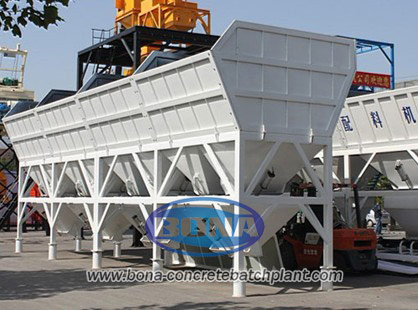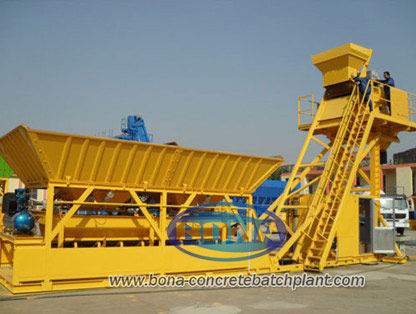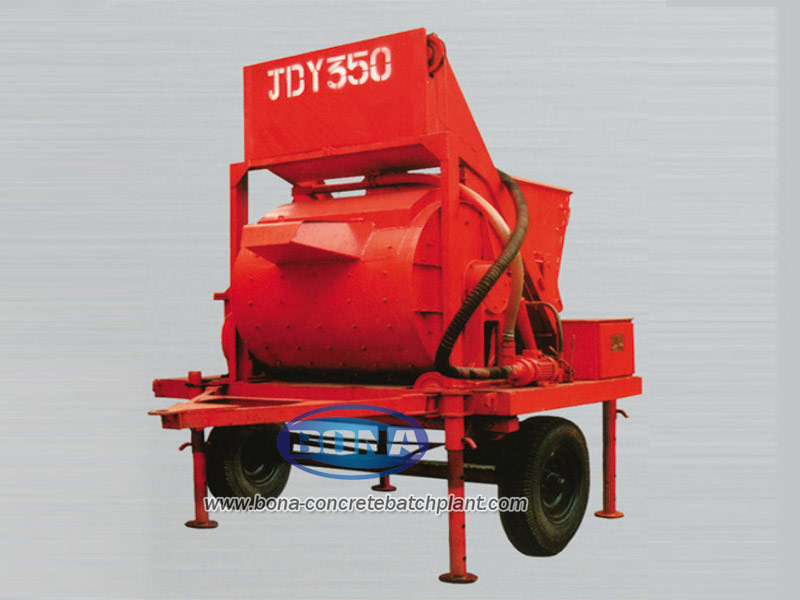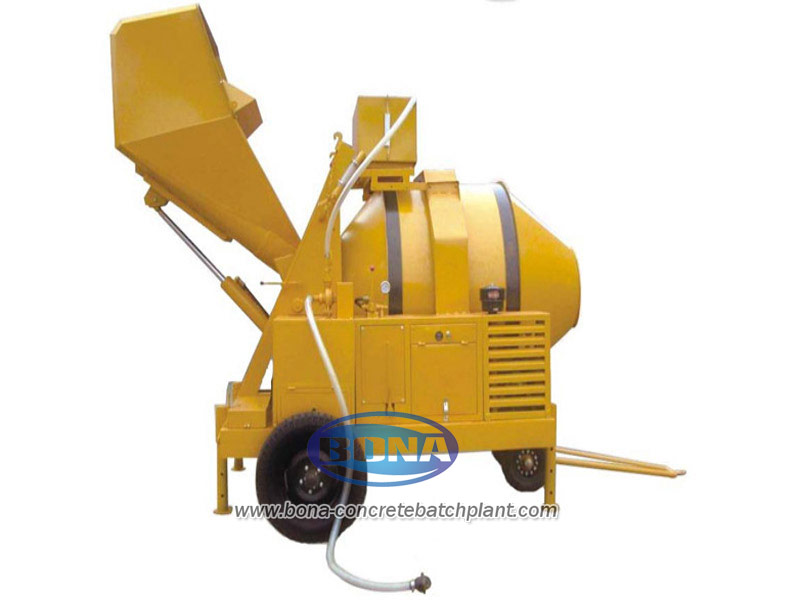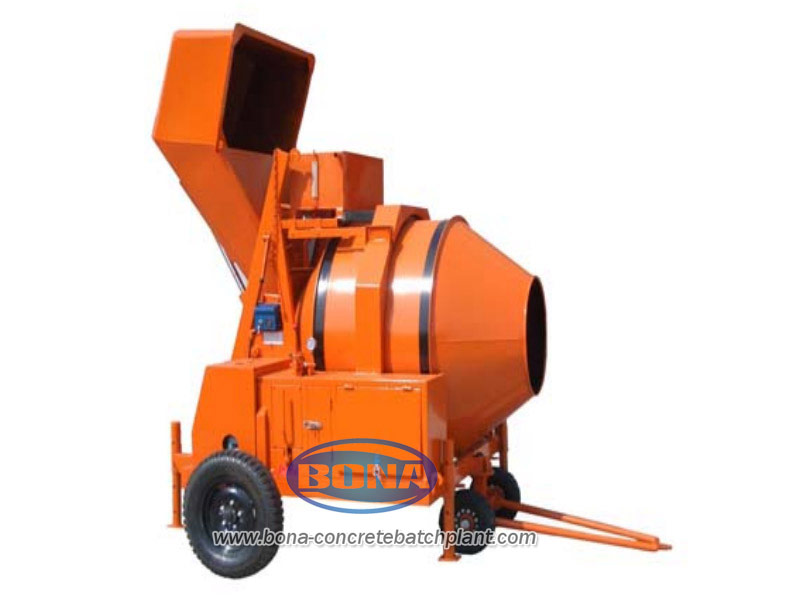- Concrete Mixer
-
- JS500 Concrete MixersJS750 Concrete MixersJS1000 Concrete MixersJS1500 Concrete MixersJS2000 Concrete MixersJZM500 Concrete MixerJZM750 Concrete MixerJZC350 Concrete MixerJZC500 Concrete MixerBN35 Concrete MixerBN90 Concrete MixerJZR350 Diesel Engine Concrete MixerJZR500 Diesel Engine Concrete MixerJDY(C) Series Concrete Mixer Machine
0086-371-8709 1886
Room 605.Unit 1.Building 4. No.39 Huayuan Road, Jinshui District, Zhengzhou City, Henan Province.

Brief introduction of hydraulic control valve for controlling and regulating oil pressure of hydraulic brick press machine
2021-11-24
The function of hydraulic control valve is to control or adjust the pressure, flow or flow direction of oil in the oil circuit, so as to meet the requirements of mechanical equipment for working performance. There are many kinds of hydraulic valves, and there are many classification methods.
1. Classification by function
Hydraulic control valve can be divided into pressure control valve, flow control valve and direction control valve according to its function.
(1) Pressure valve. Control the pressure of the oil circuit to meet the force (or torque) requirements of the actuator. Such as overflow valve, pressure reducing valve, etc.
(2) Flow valve. It is used to control the flow of oil circuit to meet the requirements of actuator for motion speed. Such as throttle valve, speed regulating valve, etc.
(3) Directional valve. It is used to control the direction of liquid flow in the oil circuit to meet the requirements of the actuator for the direction of movement. Such as check valve, directional valve, etc.
2. Classification by control mode
(1) Switch (or constant value control) valve. With the help of handwheel, handle, cam, electromagnet, spring, etc., the hydraulic flow path is opened and closed, and the pressure and flow of the hydraulic flow are controlled at a fixed value, which is also called ordinary hydraulic valve.
(2) Servo control valve. The input signals (electrical, mechanical, pneumatic, etc.) of the servo valve are mostly deviation signals (the difference between the input signal and the feedback signal), which can continuously control the pressure and flow in the hydraulic system. They are mostly used in the closed-loop hydraulic control system requiring high precision and fast response.
(3) Proportional control valve. Their output is proportional to the input signal and controls the parameters of liquid flow in the system in proportion to the given input signal. Proportional valves are mostly used in open-loop hydraulic control systems.
(4) Digital control valve. Valves directly controlled by digital information.
3. Classification by structural form
According to the structural form, there are slide valve (or column valve), cone valve, ball valve, etc. among them, cone valve and slide valve are the main structural forms and are widely used. The cone valve is characterized by good sealing. When the opening is small, the area gradient DA / DX (x is the opening of the valve port and a is the flow area of the valve port) is relatively large; The characteristics of the slide valve are opposite to those of the cone valve. The comparison between slide valve and cone valve is shown in Figure 5-1.
4. Classification by connection mode
According to its connection mode, it can be divided into: threaded connection valve, flange connection valve, plate connection valve, superposition connection valve and plug-in connection valve.
ZHENGZHOU BONA ENTERPRISE CO.,LTD.
Tel: 0086-371-8709-1886 E-mail: concrete.sales@zzbona.com
Concrete mixer Concrete batch plant Concrete mix plant Site Index | Product Index
 Global sites
Global sites

 (Live chat)
(Live chat)